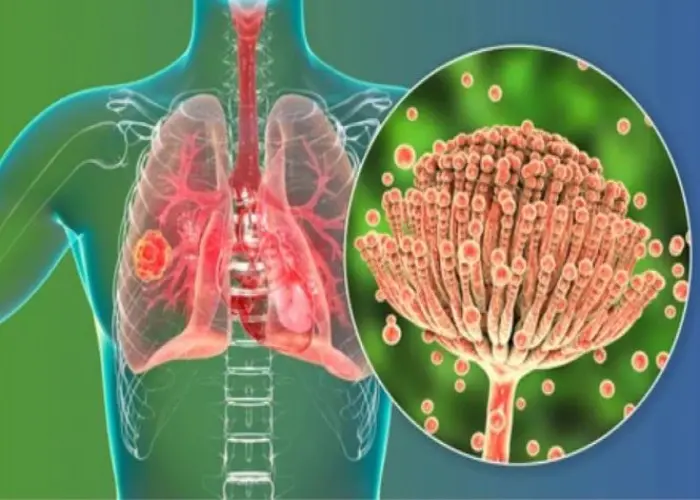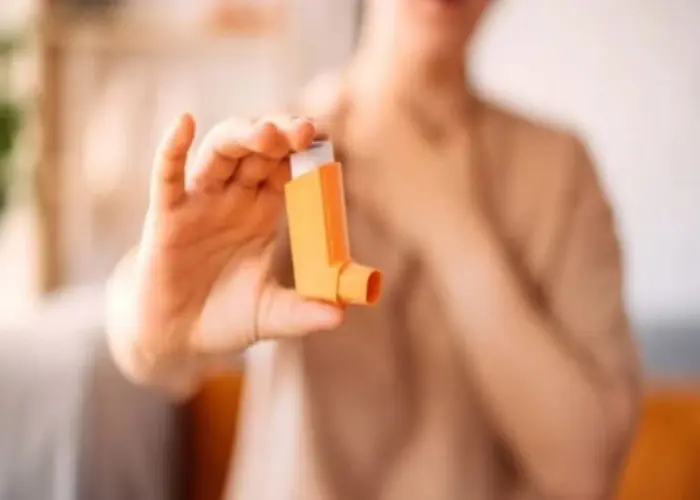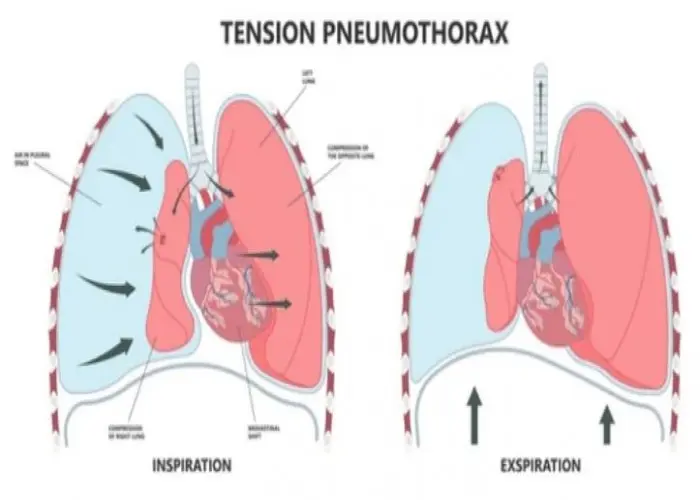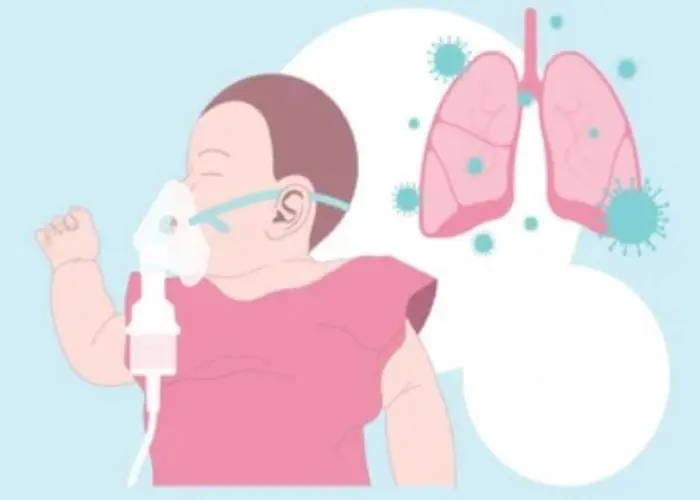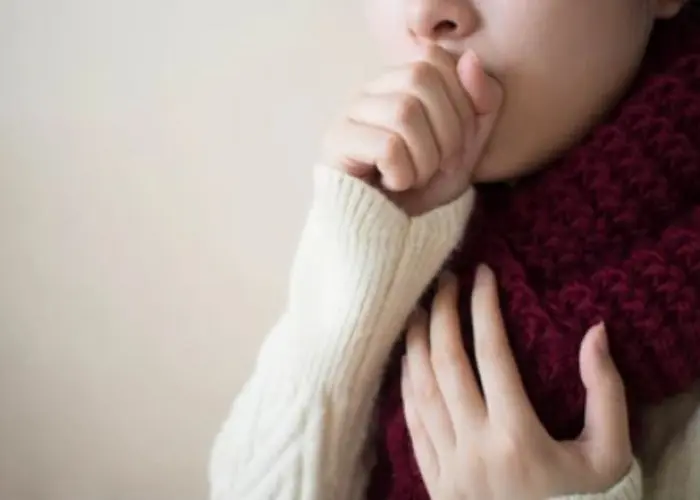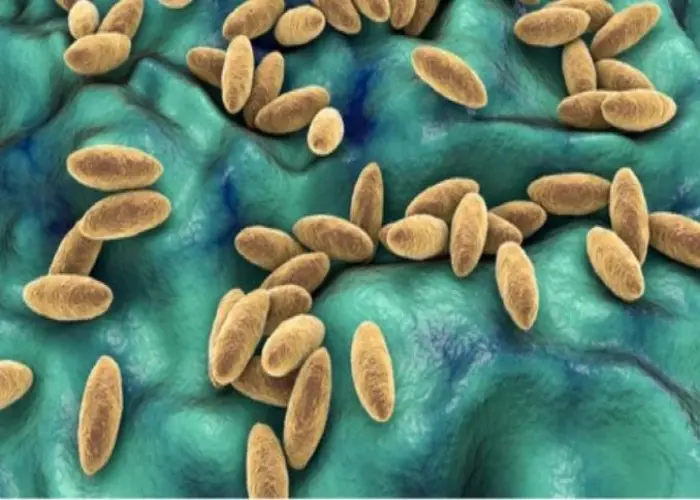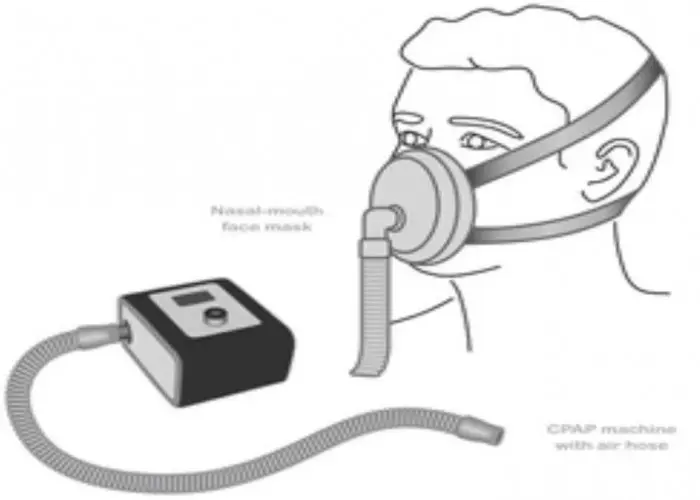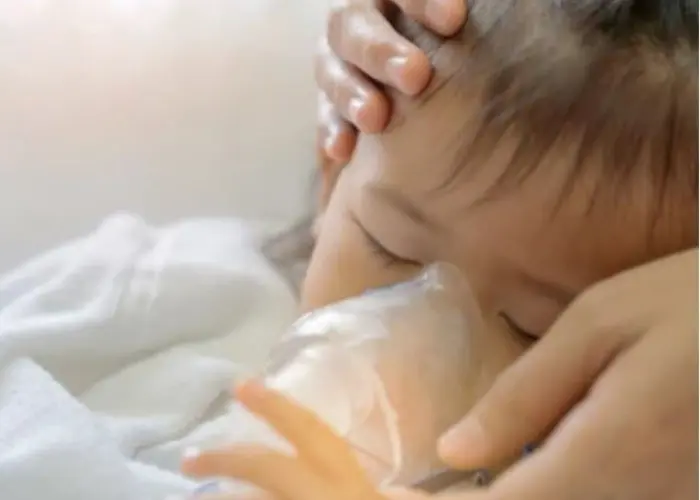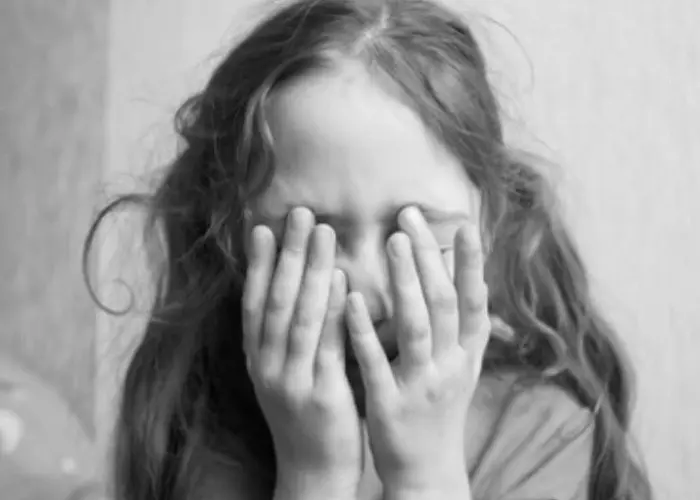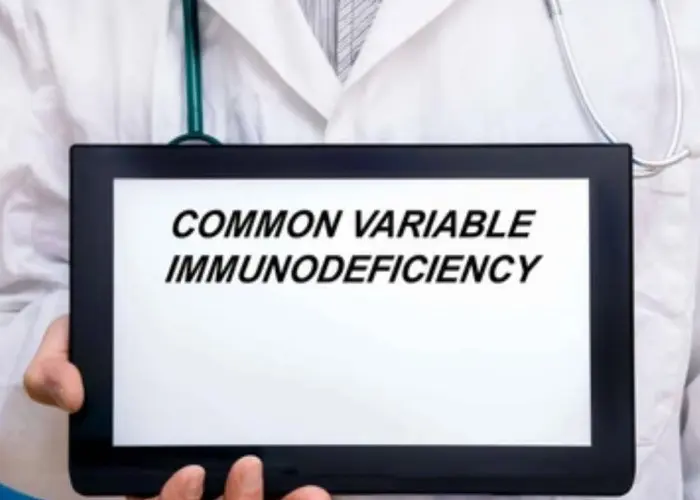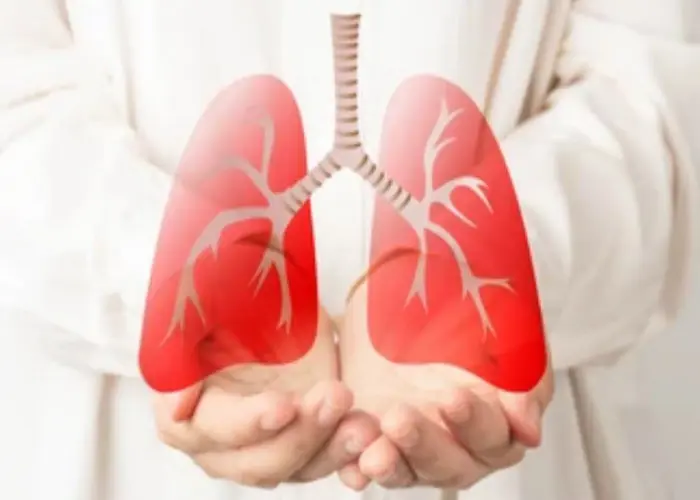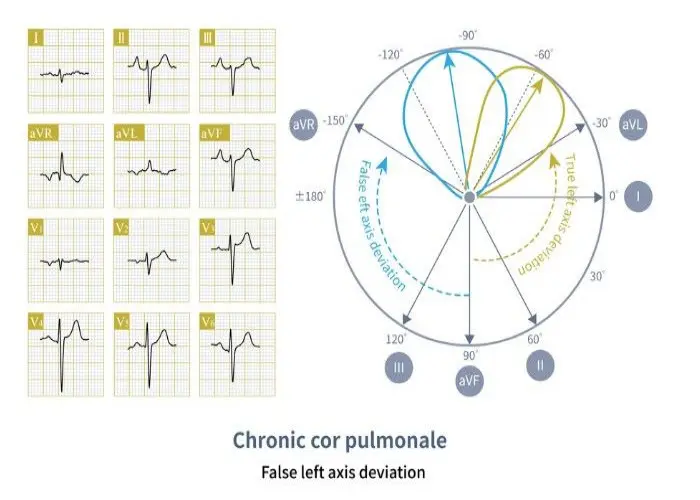 Welcome
Welcome
“May all be happy, may all be healed, may all be at peace and may no one ever suffer."
- A
- B
- C
- D
- E
- F
- G
- H
- I
- J
- K
- L
- M
- N
- O
- P
- Q
- R
- S
- T
- U
- V
- W
- X
- Y
- Z
Lungs - Diseases
The lungs are a pair of organs located in the chest that are responsible for facilitating the exchange of oxygen and carbon dioxide between the air we breathe and the blood in our bodies. The lungs are part of the respiratory system, which also includes the nose, mouth, throat, and trachea.
When we inhale, air travels through the nose or mouth, down the trachea, and into the lungs through a series of branching airways called bronchi. The bronchi divide into smaller tubes called bronchioles, which eventually lead to tiny air sacs called alveoli.
It is within the alveoli that the exchange of oxygen and carbon dioxide takes place. Oxygen from the air we breathe diffuses into the bloodstream and is carried to the cells throughout the body. At the same time, carbon dioxide produced by the body's cells diffuses out of the bloodstream and is exhaled out of the body during exhalation.
The lungs are protected by a thin layer of tissue called the pleura, which helps them expand and contract as we breathe. The diaphragm, a dome-shaped muscle located below the lungs, also plays a critical role in breathing by contracting and expanding to create changes in pressure within the chest.
Various conditions can affect the lungs, including asthma, chronic obstructive pulmonary disease (COPD), and lung cancer. These conditions can cause a range of symptoms, including shortness of breath, coughing, wheezing, and chest pain.
Treatment for lung conditions depends on the underlying cause and may include medication, lifestyle changes, or in severe cases, surgery or lung transplantation.
In summary, the lungs are a pair of organs that facilitate the exchange of oxygen and carbon dioxide between the air we breathe and the blood in our bodies. They are protected by the pleura and work in conjunction with the diaphragm to facilitate breathing. Various conditions can affect the lungs, and treatment depends on the underlying cause.

Large intestine
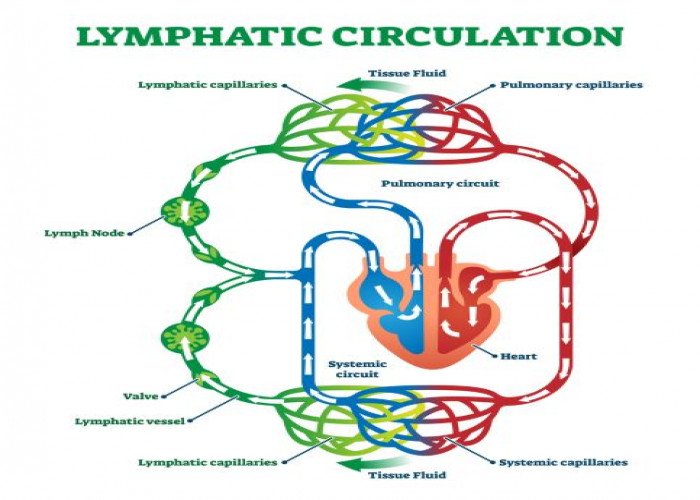
Lymphatic vessel

Achilles
Transverse colon intestine
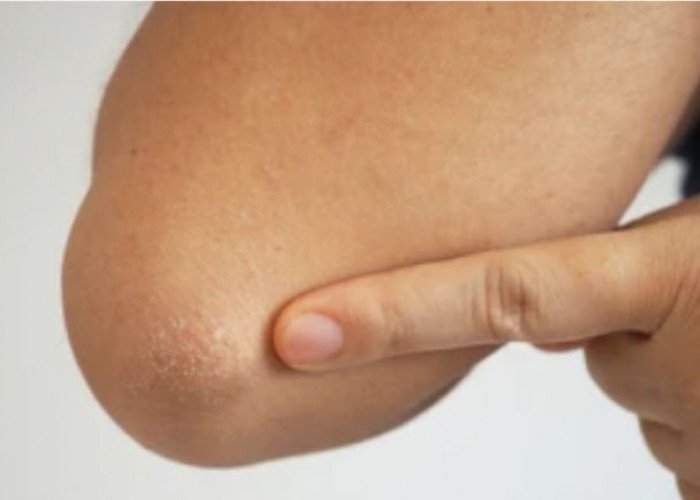
Elbow

Cerebral hemispheres Brain

Ascending colon intestine

Brain
Lungs, Lungs function, ফুসফুস
To be happy, beautiful, healthy, wealthy, hale and long-lived stay with DM3S.


